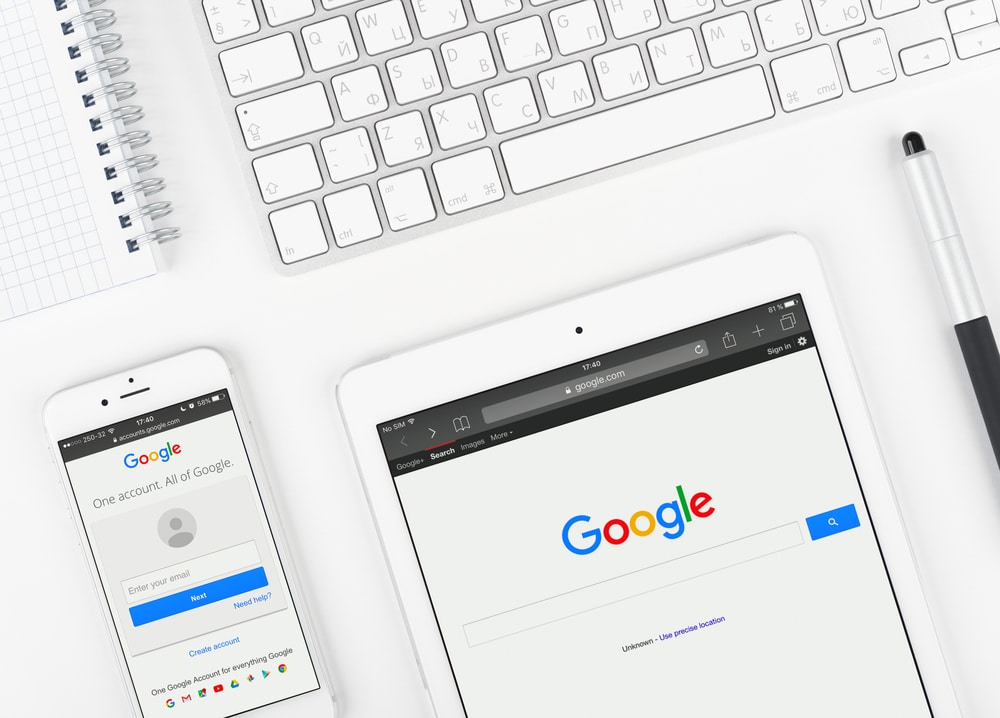If you run a website or you’re a blogger focused on SEO – or if you’re thinking about SEO practices for any other reason – then you’ve probably heard of the Google Helpful Content update. This update was announced last week and is apparently intended to curb content that’s emphasising SEO over readability; Google’s stated aim is to make it easier for users to “find helpful content made by, and for, people”.
So, what exactly does this mean in practical terms? Well, it means that if content is deemed “unhelpful” by Google, then it’s going to start ranking more poorly than before, while content that is “helpful” will rank better. As a website owner, you might be a little apprehensive about this; after all, what if your content is deemed “unhelpful”? Don’t worry – we’re here to help. Here are some things to note about Google’s Helpful Content Update.
When does the Helpful Content Update arrive?
According to Google, the Helpful Content Update began rolling out on August 22nd, and will take around two weeks to fully implement. At first, the update will only affect the English language, but Google will start applying it to other languages once the English-language rollout is in place. This should give you a little time to examine the content on your website and make sure it’s all good.
What is “helpful” content?
It’s a little difficult to define exactly what Google means by “helpful” content, because they don’t get into the weeds about it. However, here are some of the things you should be looking out for if you want to make sure your content is helpful.
- Writing for your audience. Google seems to be trying to discourage websites from branching out into subjects they don’t understand just “for the clicks”.
- Automation. The update appears also to be targeting automated content, i.e. content that is produced automatically in large volumes just for the sake of being picked up by search engines.
- Expertise. This is a big one. Several of Google’s bullet points regarding the Helpful Content Update are aimed at websites demonstrating expertise; you should be able to show that your site is an authority in your chosen field and that you are writing content that is useful for people.
- “People-first content”. In essence, Google seems to be categorising “helpful content” as content that is geared towards people first and search engines second.
What is “unhelpful content”?
As you might imagine, the flipside of “helpful content” is “unhelpful content”, which is content that contravenes the new guidelines Google is setting out. Here are some of the things you shouldn’t be doing if you want to make sure your content is all above board after the update.
- Keyword stuffing. Obviously, just filling an article with inorganically-placed keywords is a bad idea, and Google has historically ranked sites lower for doing this. However, it looks like there’s going to be an even bigger focus on discouraging this behaviour in future.
- Writing for SEO exclusively. If you’re constructing content for SEO and not for humans to read, then Google is going to penalise you. That means making sure readability is at the top of your priority list, it seems.
- Jumping on trend bandwagons. Google doesn’t seem to want you to pick topics that are trending simply because they are trending; it wants you to choose topics that fit into your area of expertise and that your audience would like to read about.
- Writing uninformative content. Simply writing “When will the release date for X be?” is no longer considered a good idea under the new Helpful Content Update guidelines. If no release date has been confirmed, Google doesn’t want you to write an article suggesting that there could be one; if someone searches “The Batman 2 Release Date”, for instance, they don’t want an article simply postulating whether or not a release date will soon be announced.
- Satisfying search queries. Google’s update is aimed primarily at making sure that users come away from their search satisfied that they have the information they need. That means that your content should be constructed towards answering a question first, rather than simply aiming for clicks.
Should I start removing content from my site?
According to Google, any content on a site that is deemed to have a lot of unhelpful content on it – even if newer content is helpful – will rank lower on Google Search. This means that if your site has a large amount of unhelpful content in its history, it would definitely behove you to go back and remove as much of it as you can, or rework it to ensure that it is helpful.
If you do this, then it might take some time for your site to start performing better. According to Google, if a site is identified as having a large amount of unhelpful content, it may find that it takes “a period of months” to improve things. The process by which sites are deemed to have unhelpful content is entirely automated, so humans won’t be sifting through information and classifying it one way or another. That means it’s all down to how the AI decides to determine the helpfulness of information, and as ever, website owners and content creators are seemingly at the mercy of algorithms.
We hope that this information about the upcoming Google Helpful Content update has been, well, helpful! If you make sure that your content is high-quality going forward, then you should be fine, but make sure to comb your site’s history and remove or rework any content that could be classified as unhelpful. It will boost your site’s profile tremendously in the long run, so even if it’s hard work, it’s worth doing.


